A jawbone fragment belonging to a large cat species was found during archaeological excavations in the Ancient City of Apemeia in Dinar district of Afyonkarahisar. It is estimated that the jawbone belongs to a lion, tiger or panther. However, these animals did not live in the region in those years. It is thought that the bone found among the ruins of the ancient theater was brought from another place to be used in plays.
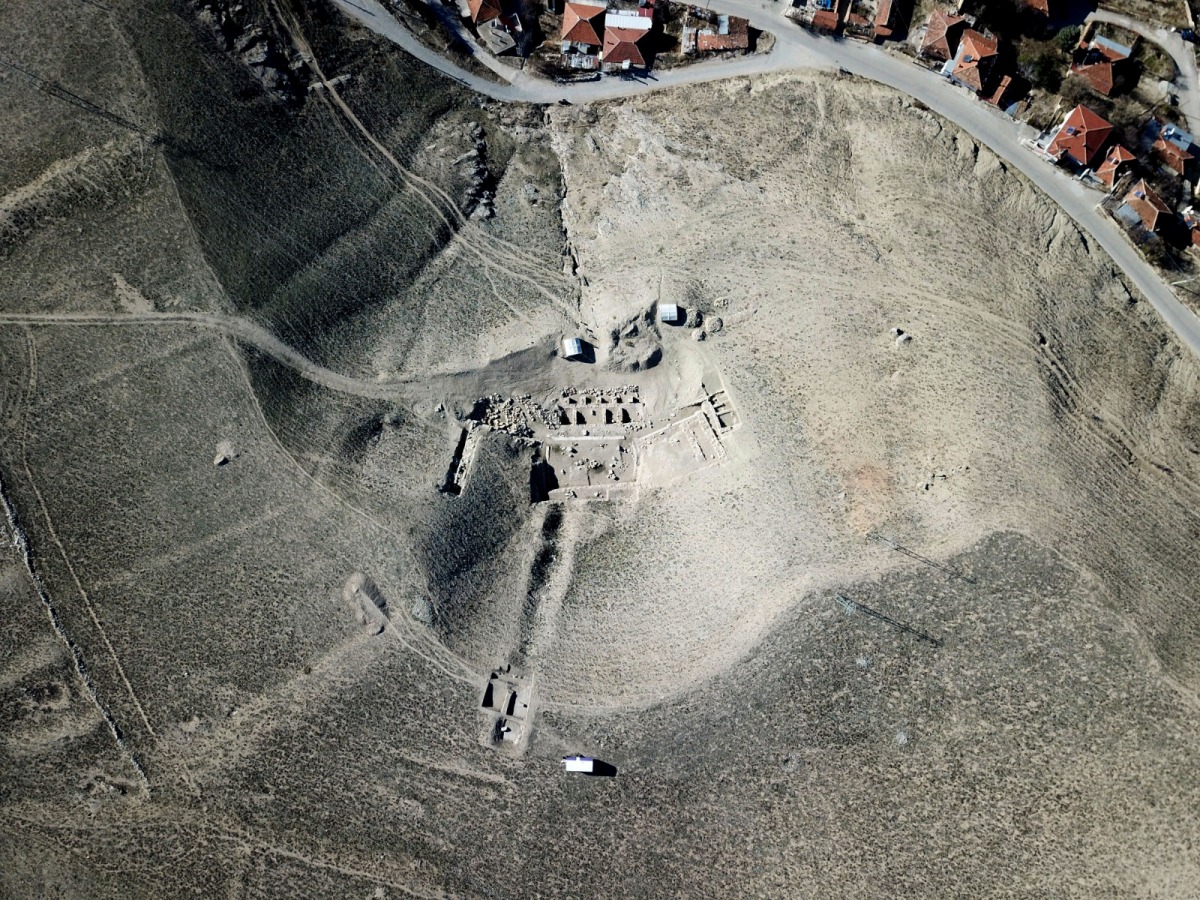
A jawbone fragment belonging to a big cat species was recently found during excavations in the ancient theater of Apemeia, now in Türkiye’s western province of Afyonkarahisar.
The ancient city of Apameia, located at the intersection of the historical Silk Road and the King's Highway, and one of the most important trade centers of its time, bears important traces from the Phrygian, Persian, Seleucid, and Roman civilizations.
Work in the ancient city, which started as a rescue excavation in 2017, was intensified three years ago, Umit Emrah Kurt, scientific adviser and coordinator of the excavation, told Anadolu.
The fossil is believed to be of a "lion or a panther, anthropologists will run a DNA analysis and make determinations regarding its age and species,” he said.
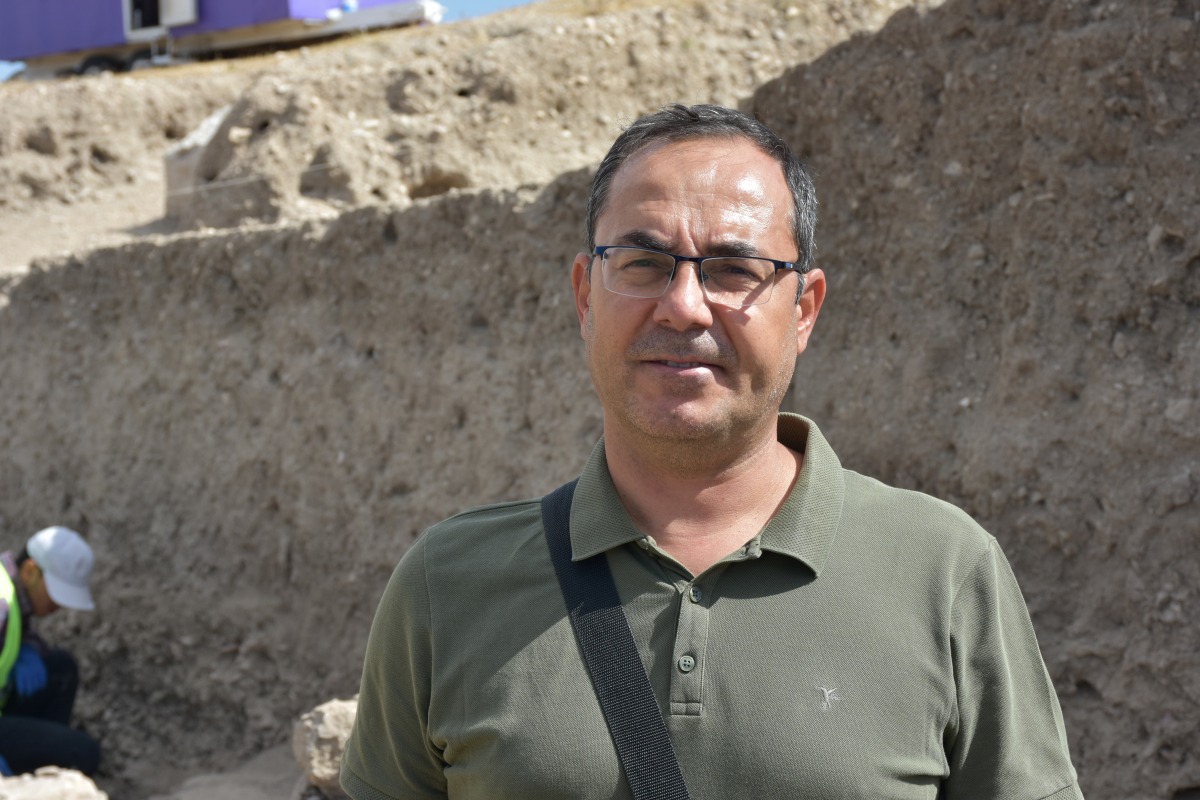
“Since this animal does not live in this geography, we think it is related to ancient performances. Of course, we cannot predict exactly what the period and age will be, but if it is found to date back to an earlier period, we know that a hunting garden was built here for the kings during the Persian period. It may be related to that garden,” he said, terming the discovery a unique find.
Kurt said unearthing in the ancient theater, the "most important" architectural structure of Apameia, led to discovery of different sections of the ancient Greek theatre, which generally consists of three major parts: the Orchestra, the Stage and the main theatre, called Koilon.
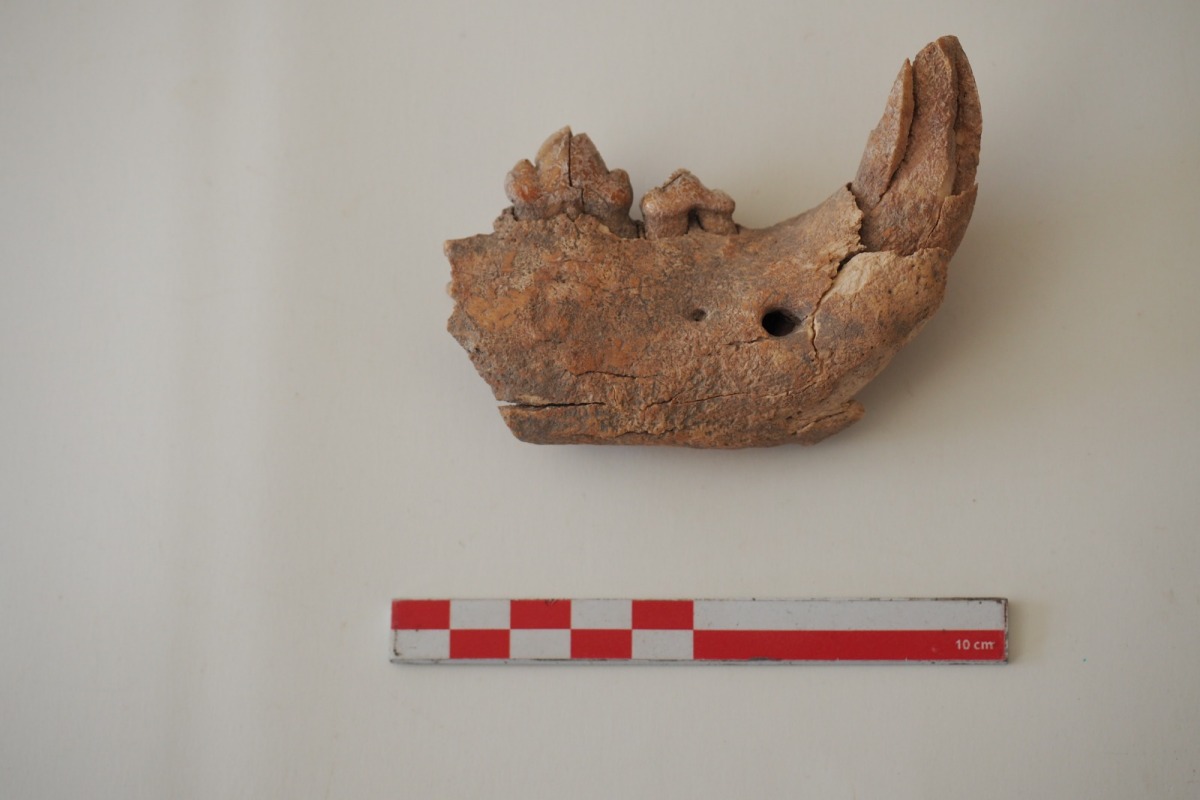
Jawbone in Afyonkarahisar Museum
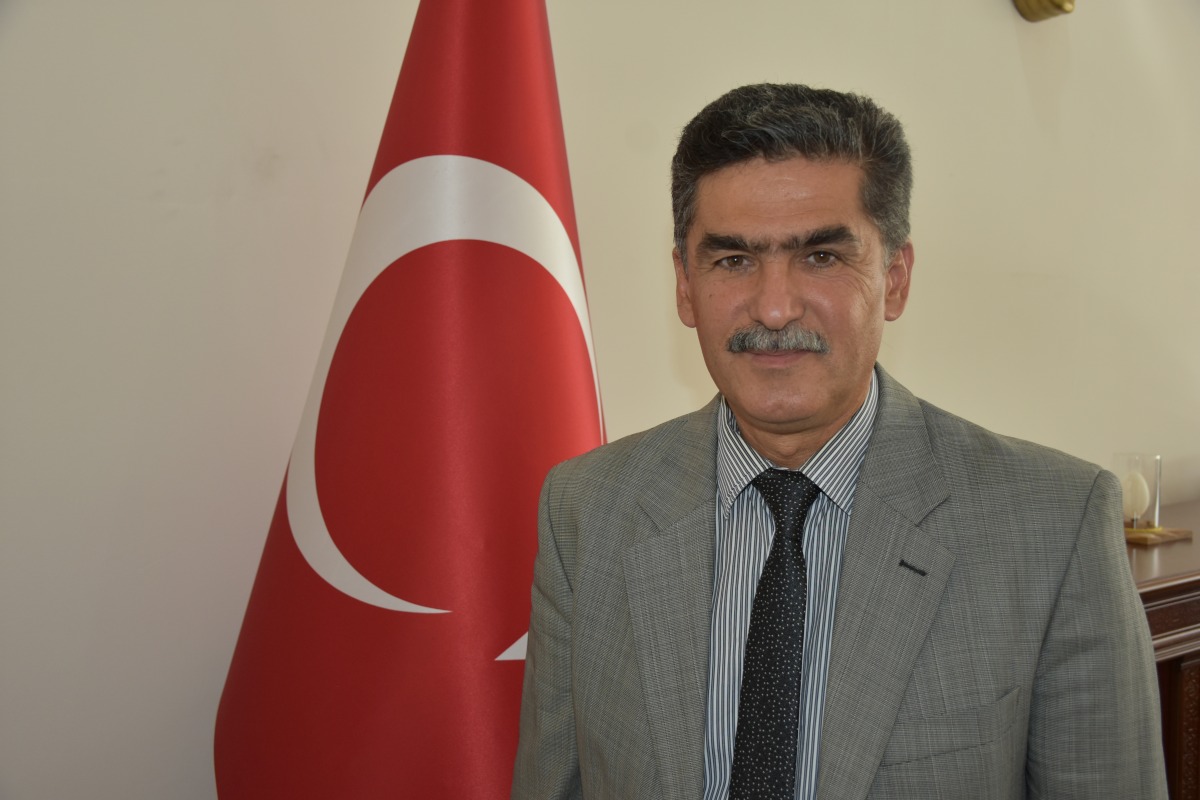
The ancient city was the second-largest trade center after Ephesus, said Mehmet Tanir, provincial culture and tourism director.
The jaw is currently placed in the Afyonkarahisar Museum, he said, adding that solid vessels were also unearthed which revealed more information from the Hellenistic period.
“With the excavation, we will be able to obtain more detailed information about the settlement of the ancient city that changed the historical course of our region. This year's excavation will continue until the end of the year,” Tanir said.
AA

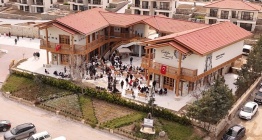
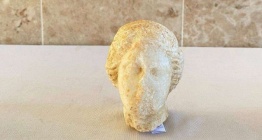

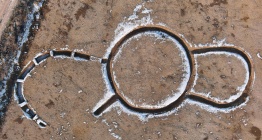


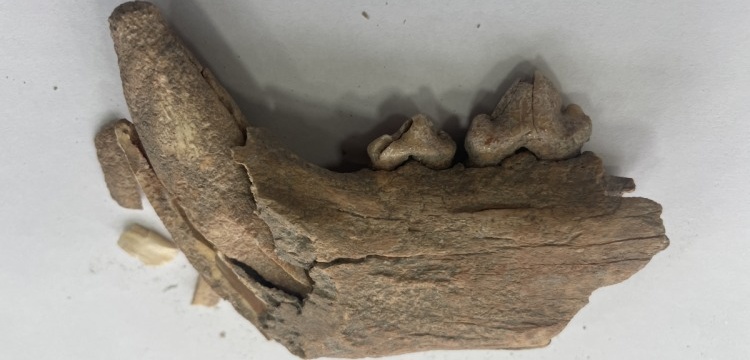
 Hattuşa'daki son arkeolojik keşifler İtalya'daki konferansta tanıtıldı
Hattuşa'daki son arkeolojik keşifler İtalya'daki konferansta tanıtıldı 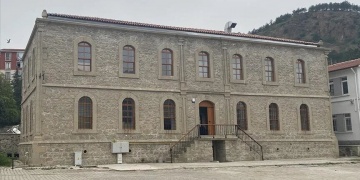 İskilip'teki redif kışlasının restorasyonu tamamlandı
İskilip'teki redif kışlasının restorasyonu tamamlandı 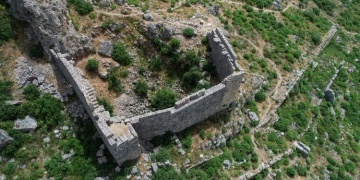 Sillyon Antik Kenti'ndeki arkeoloji kazıları, restorasyon çalışmalarına parelel ilerliyor
Sillyon Antik Kenti'ndeki arkeoloji kazıları, restorasyon çalışmalarına parelel ilerliyor 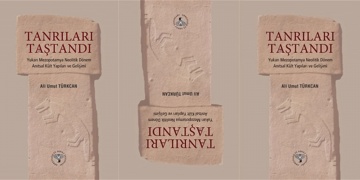 Tanrıları Taştandı
Tanrıları Taştandı 




